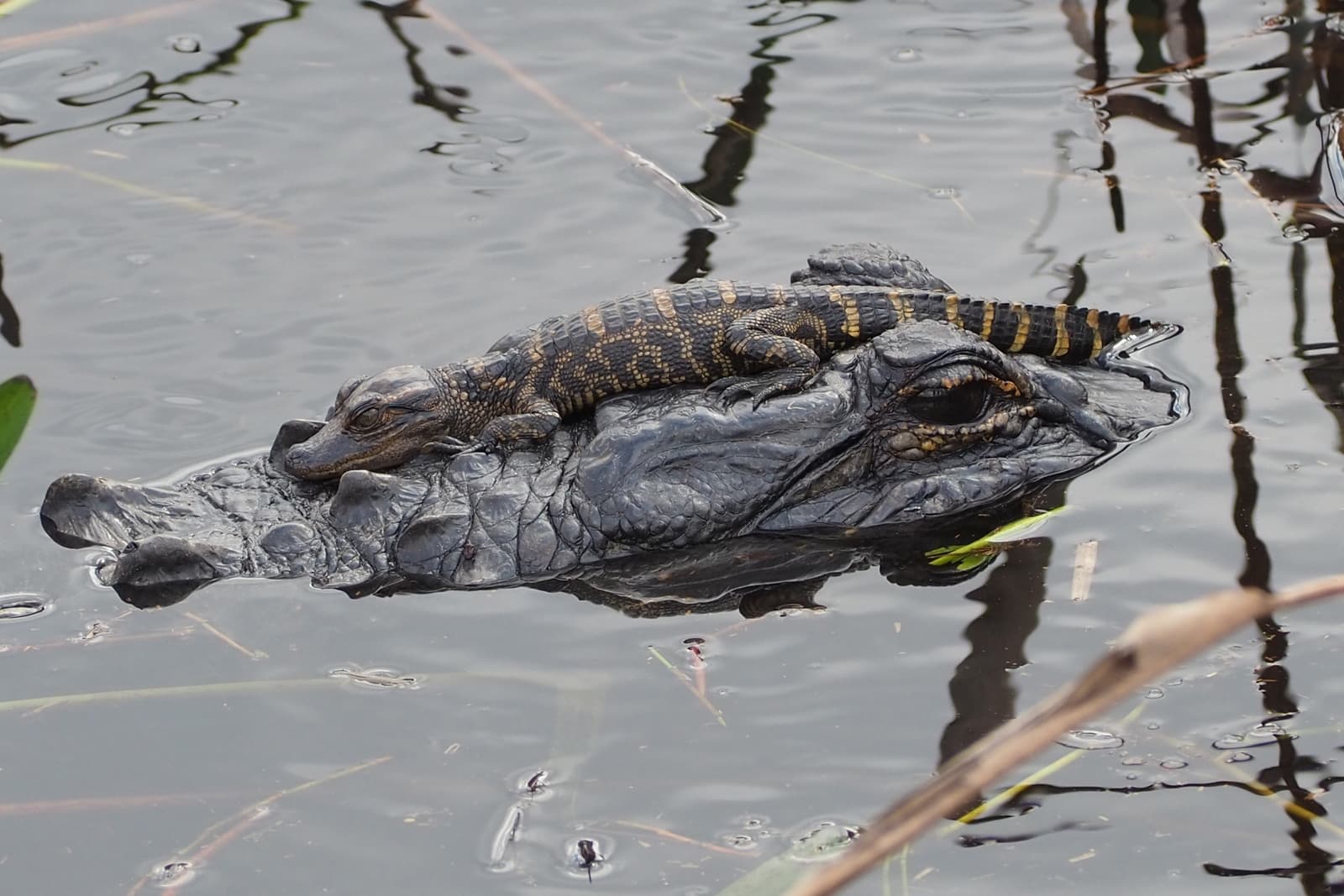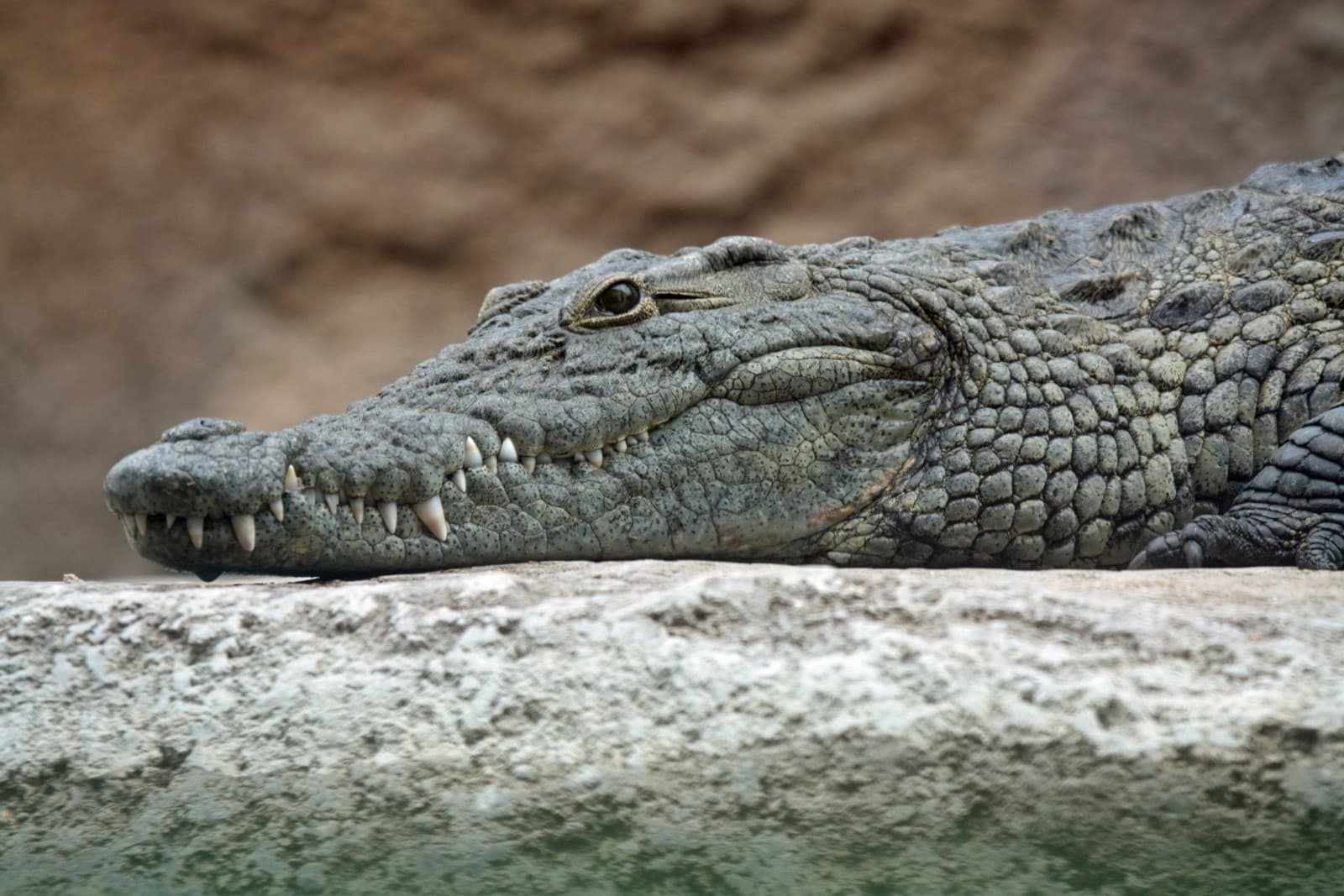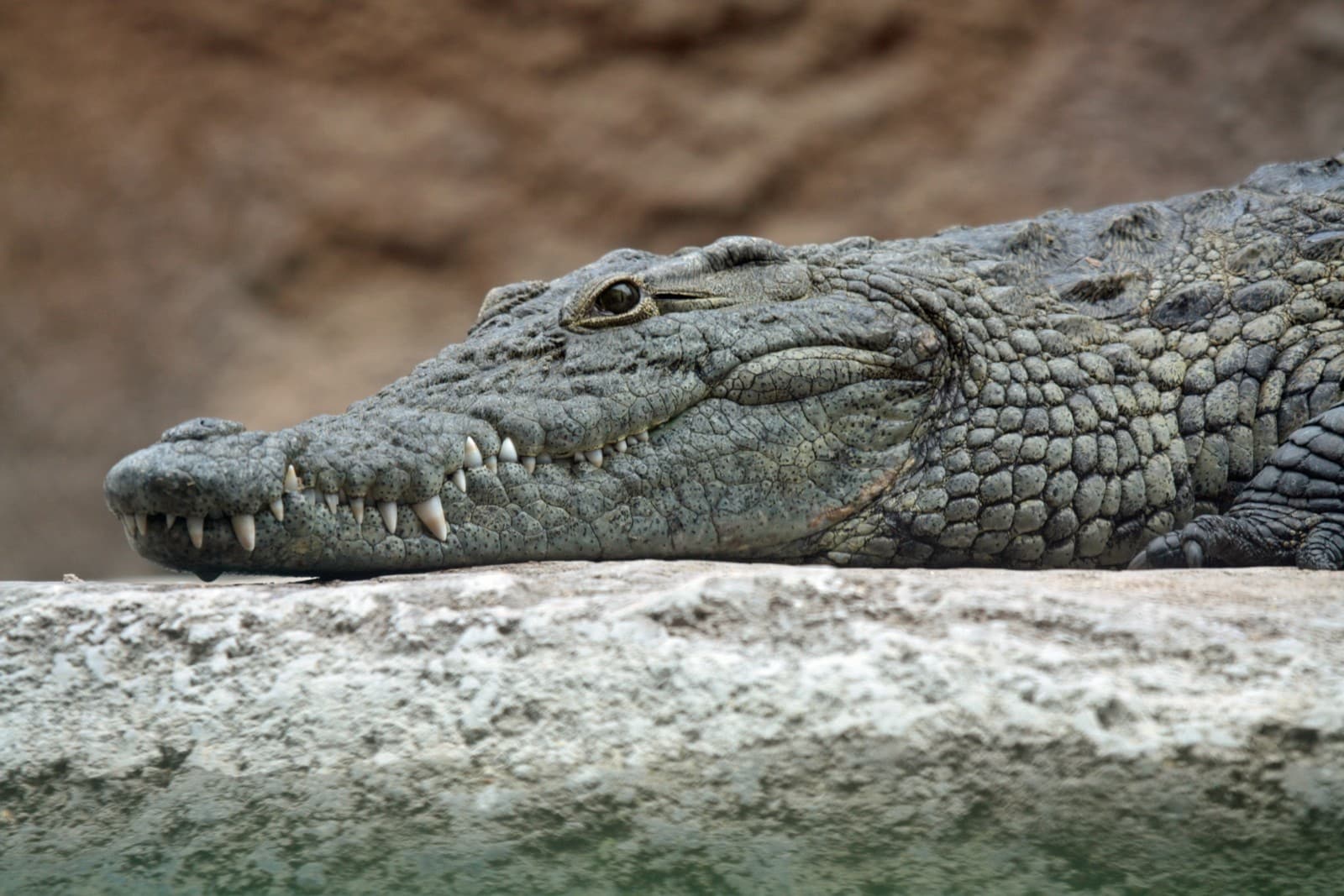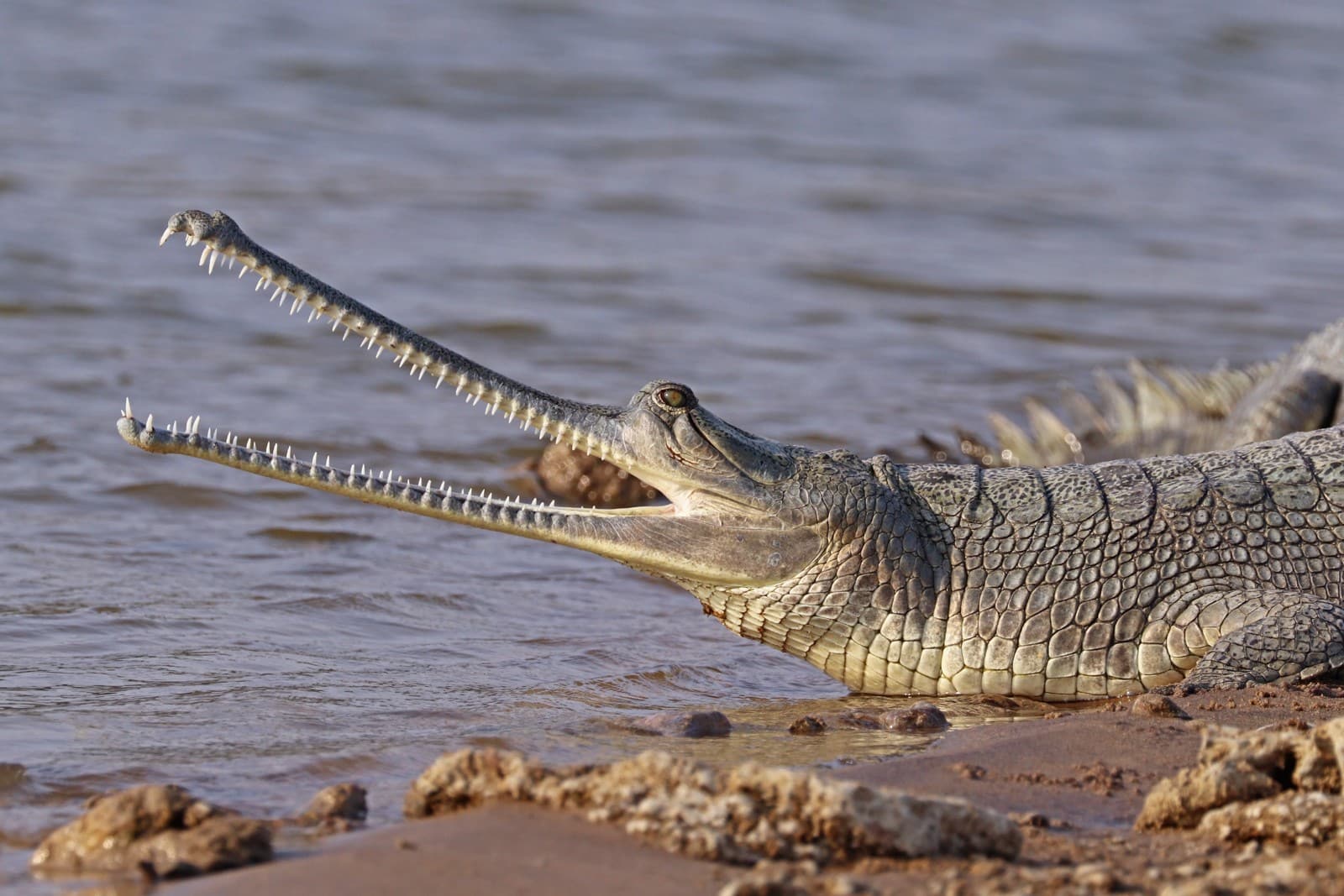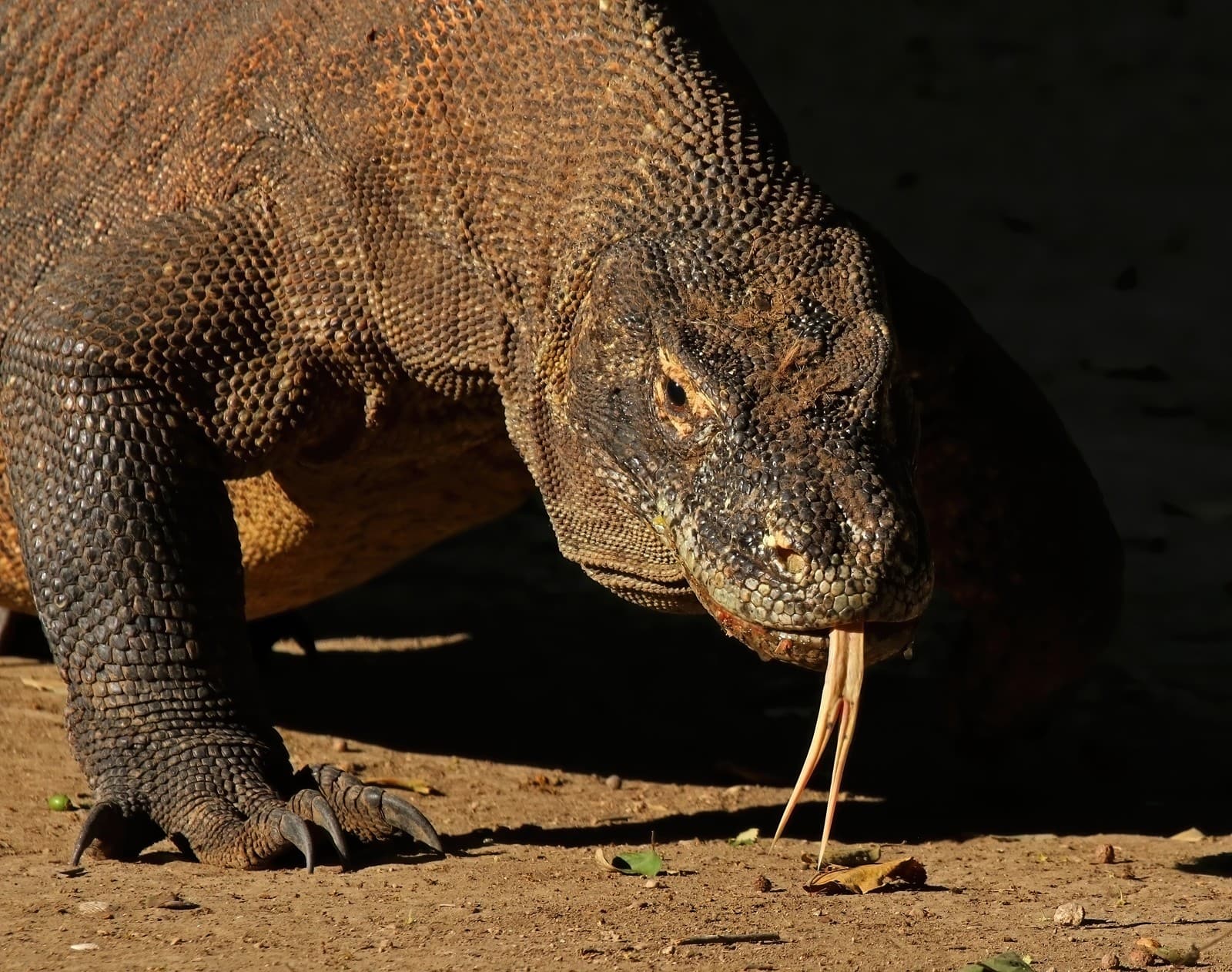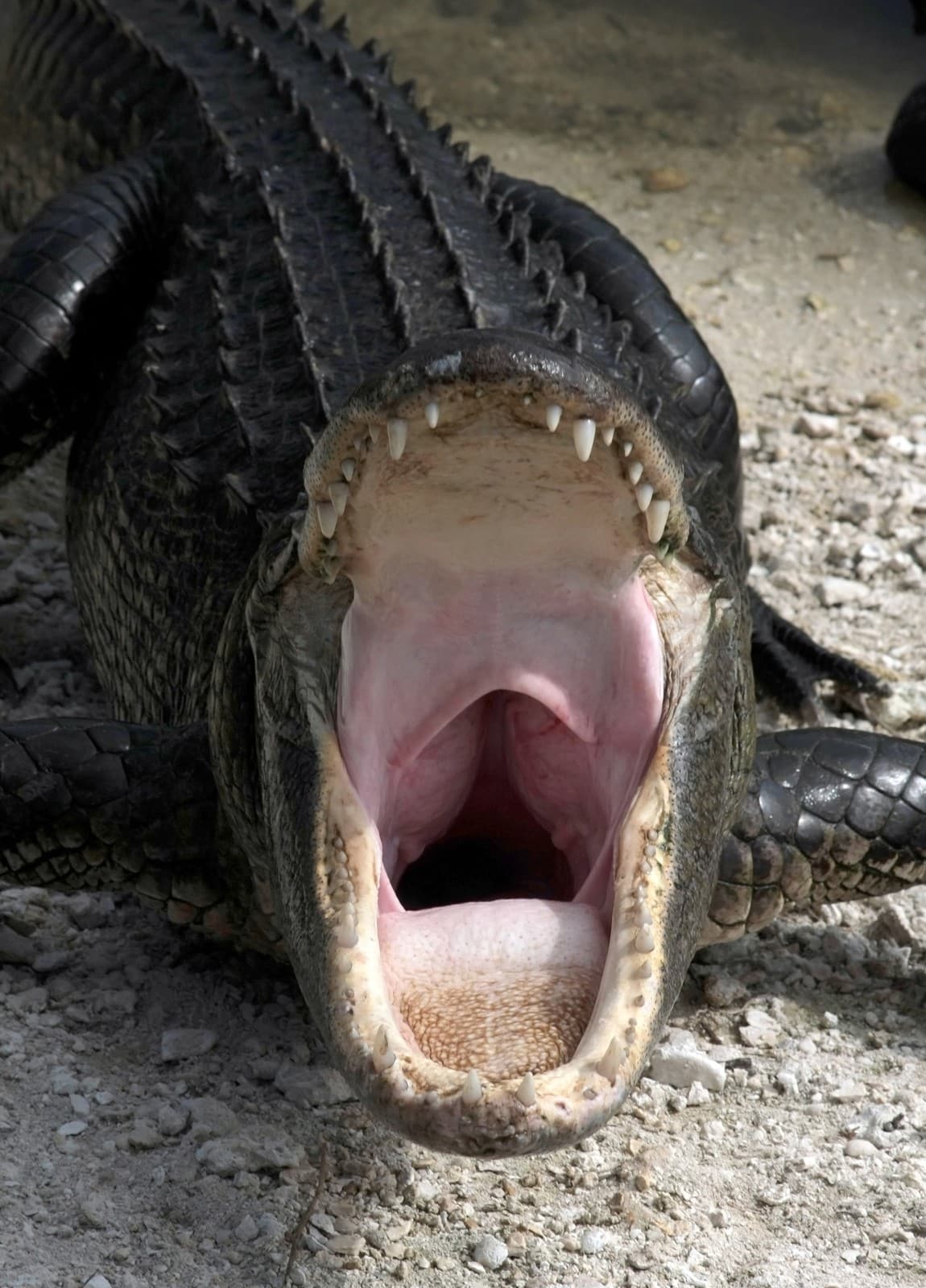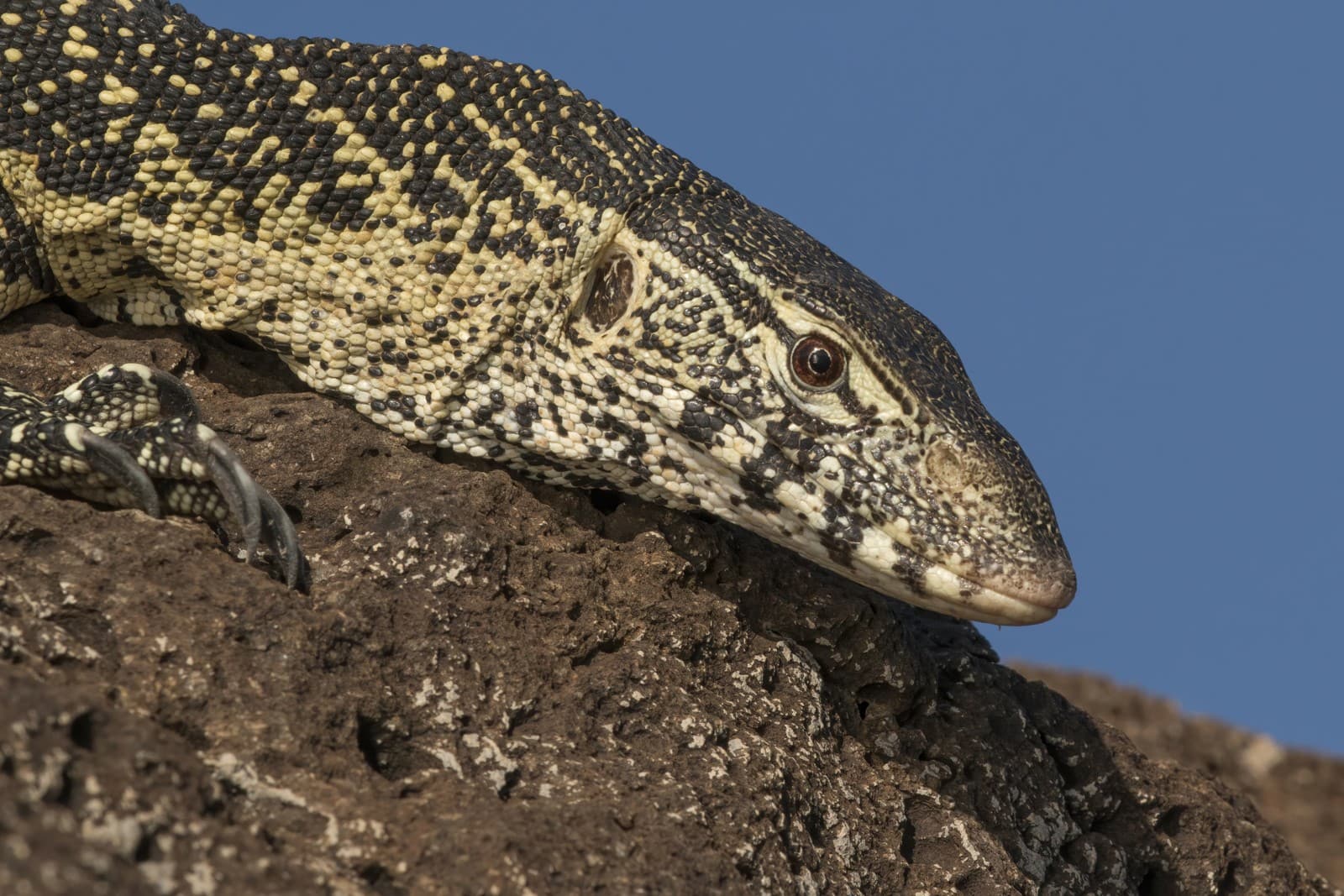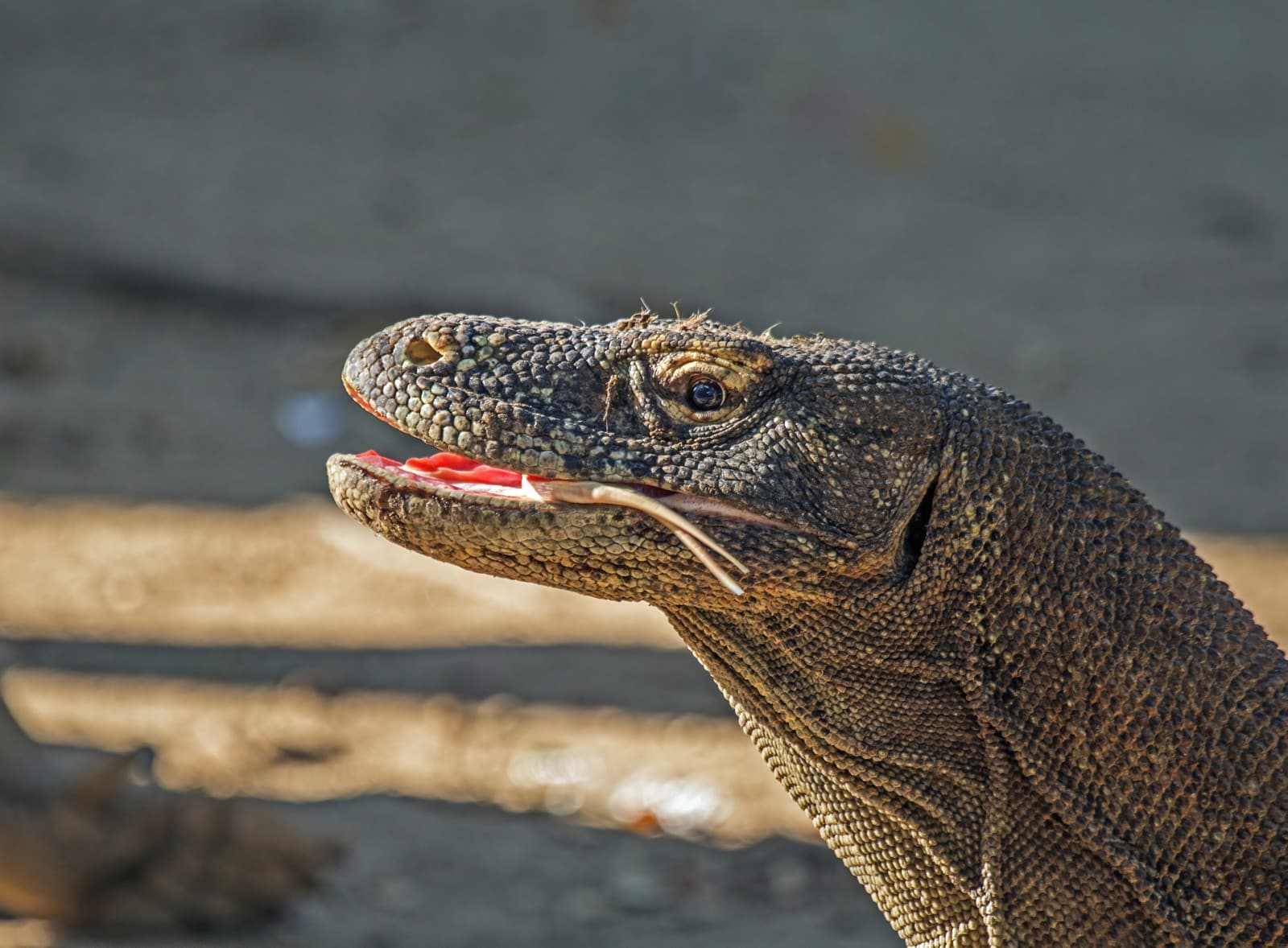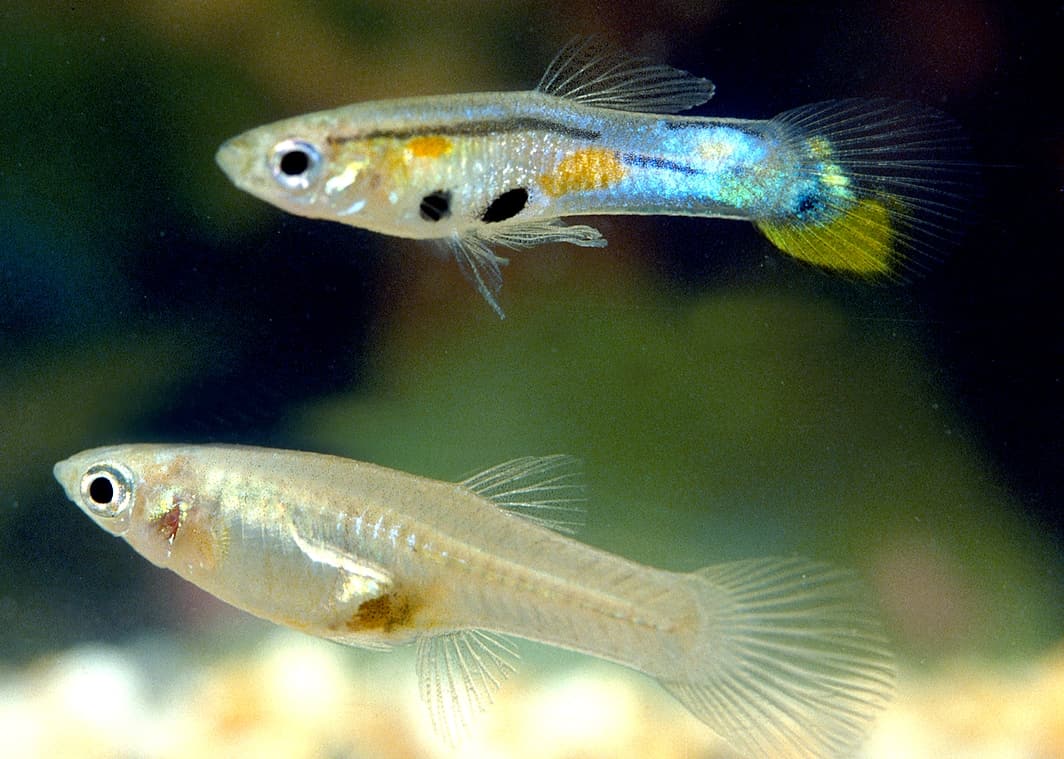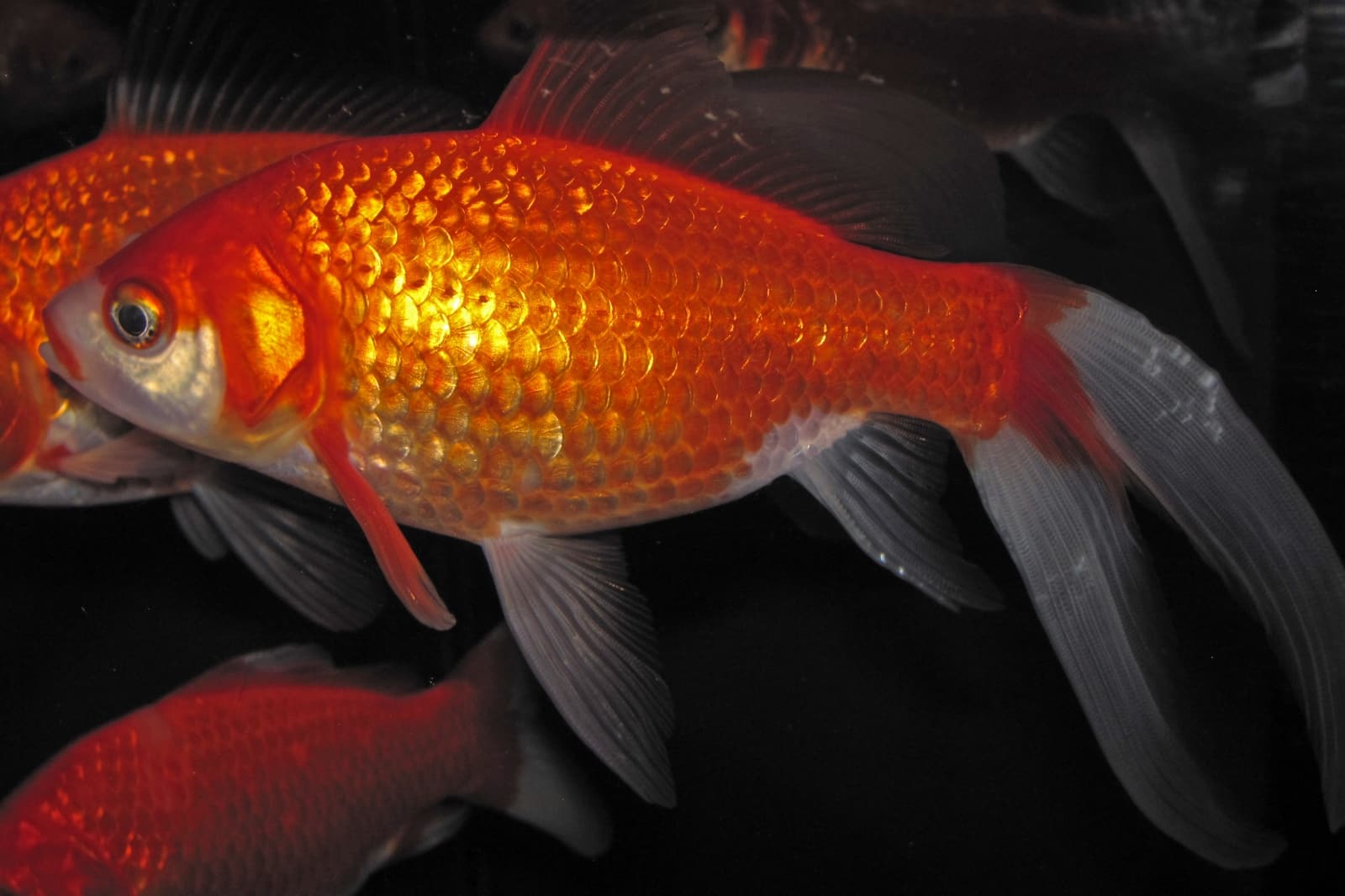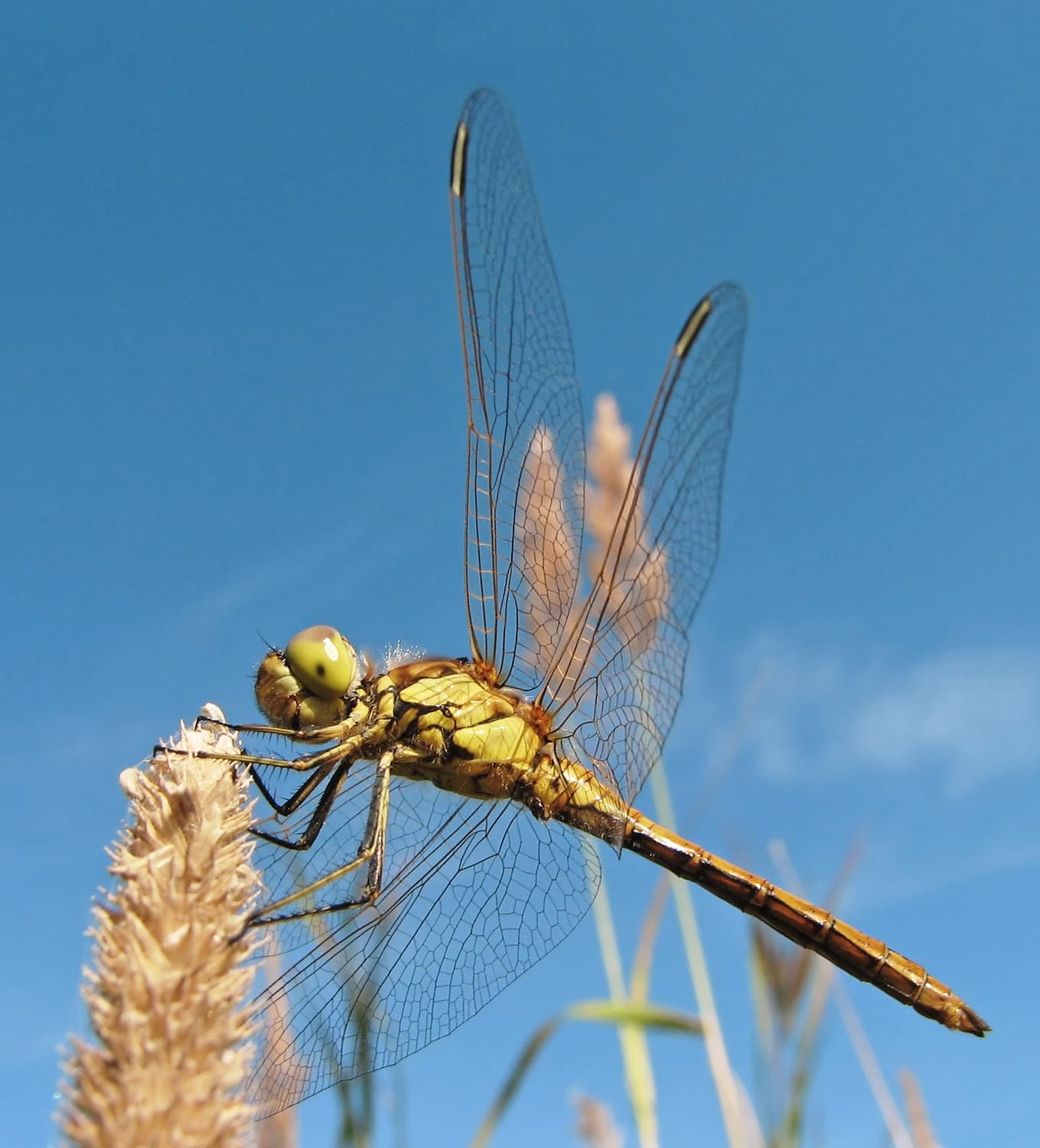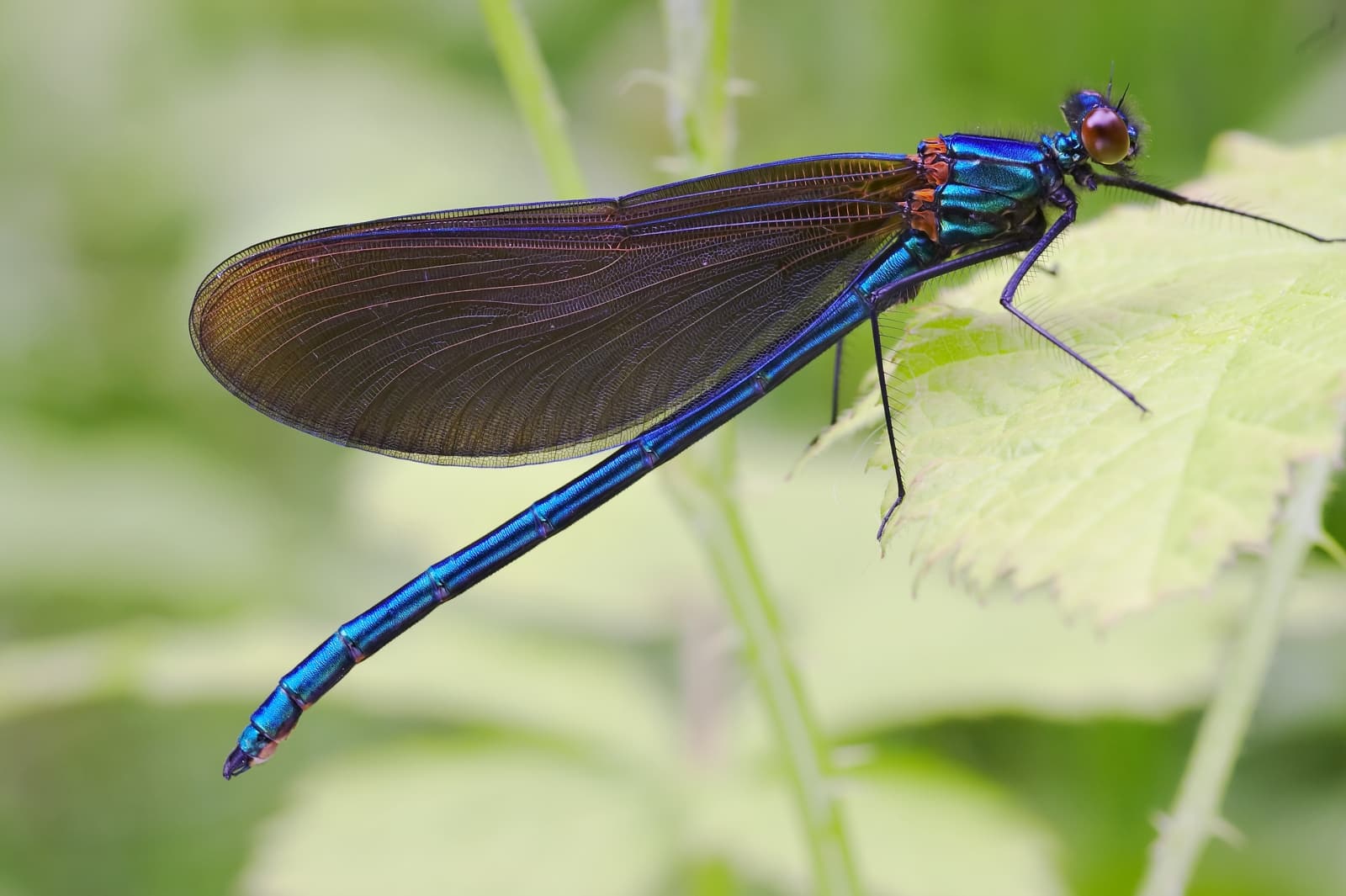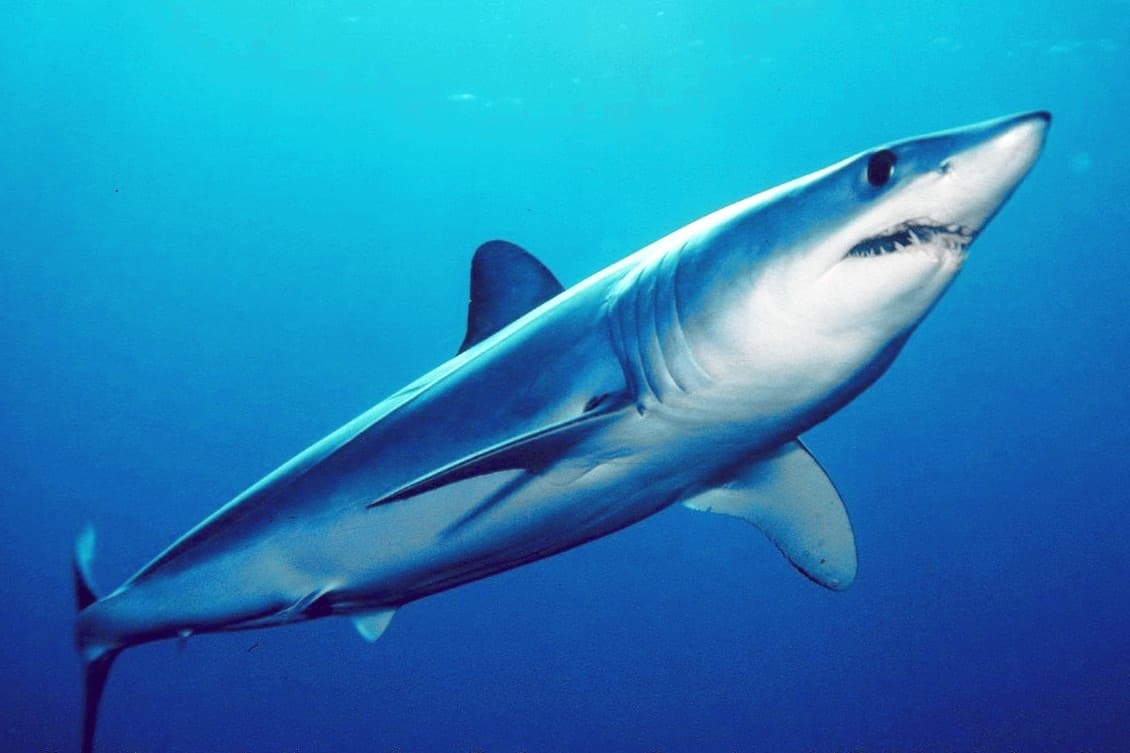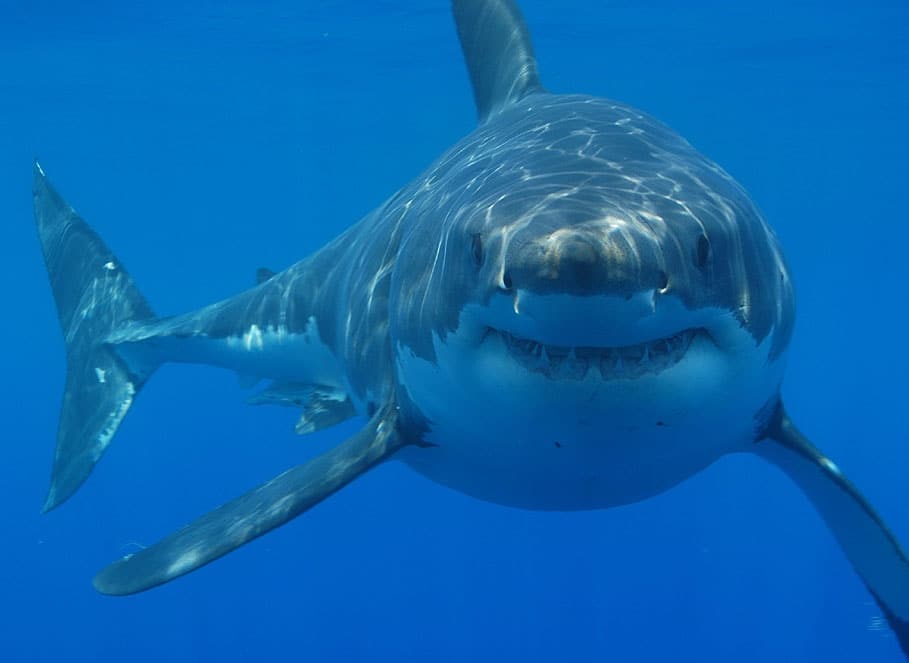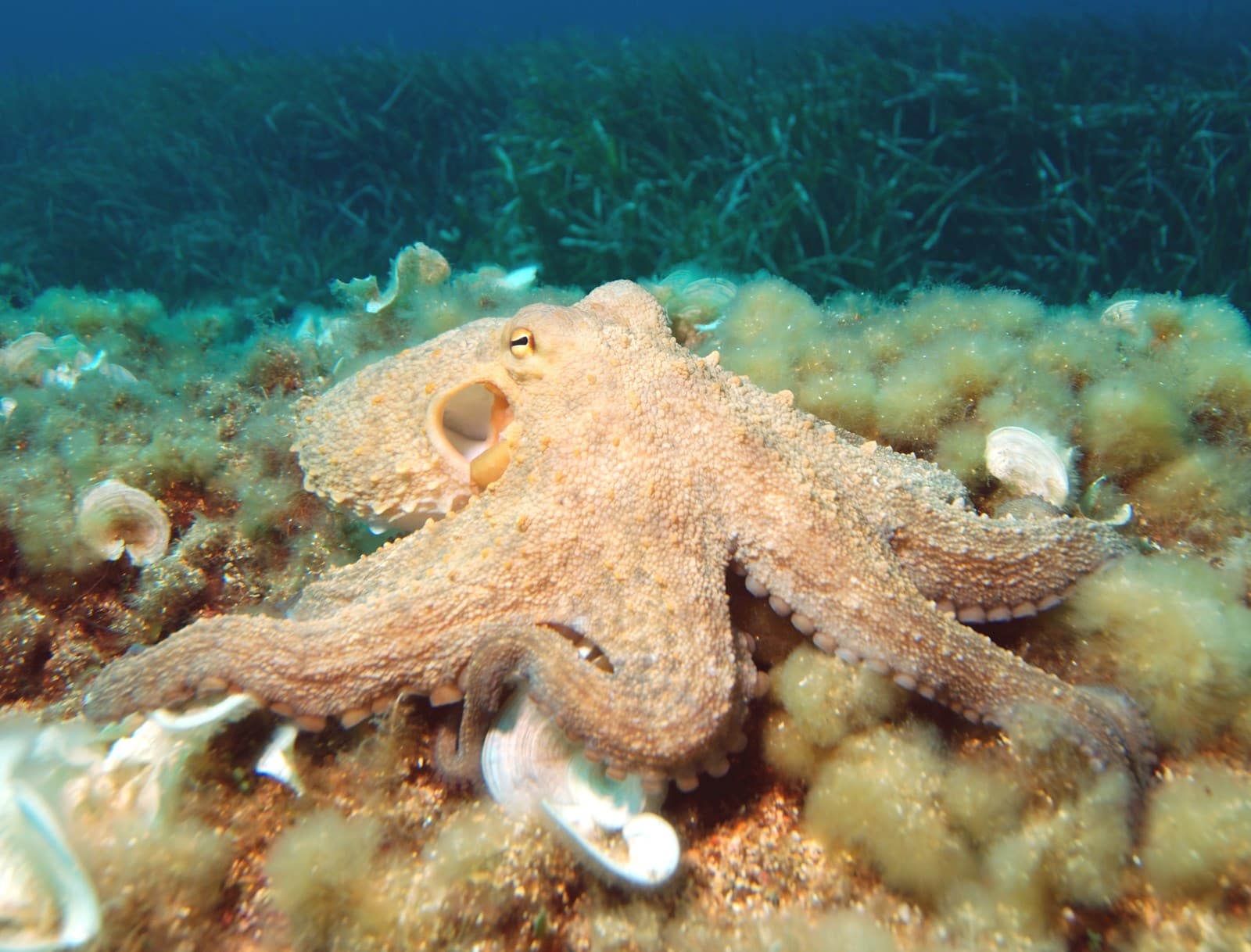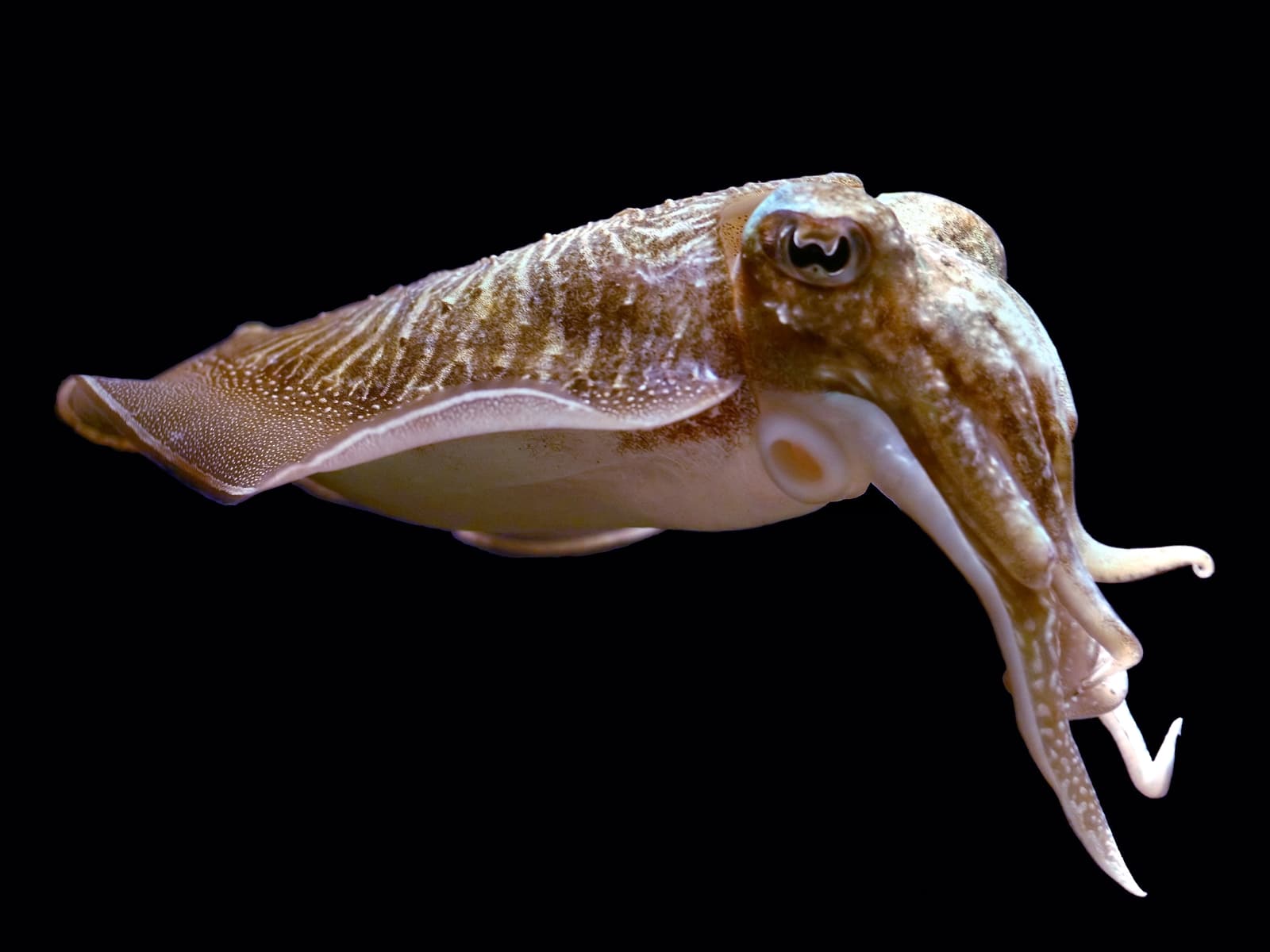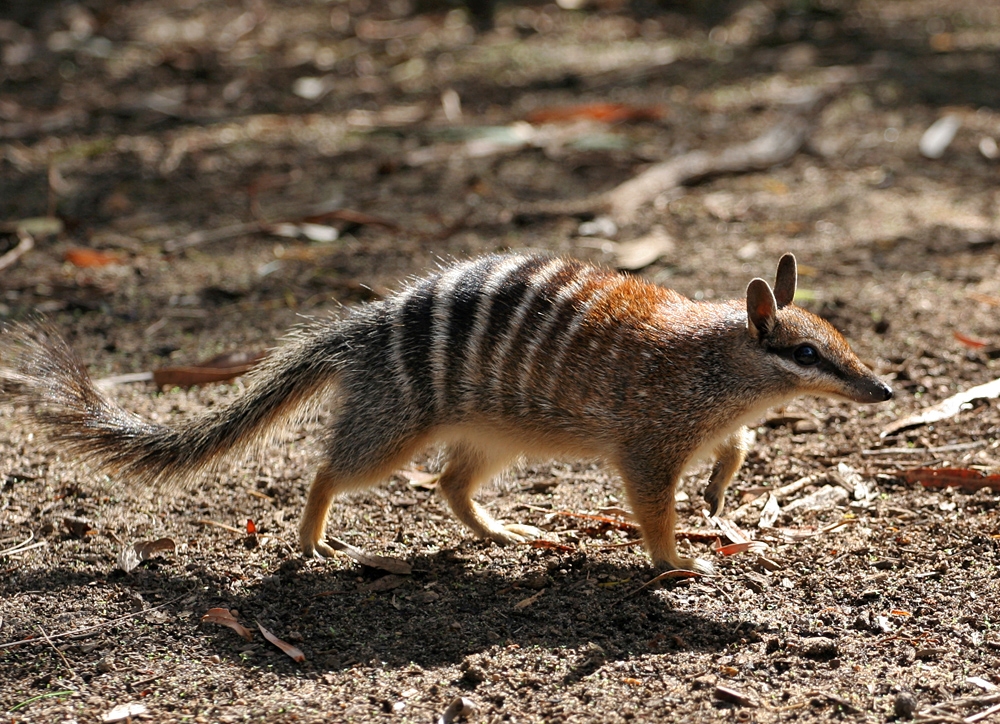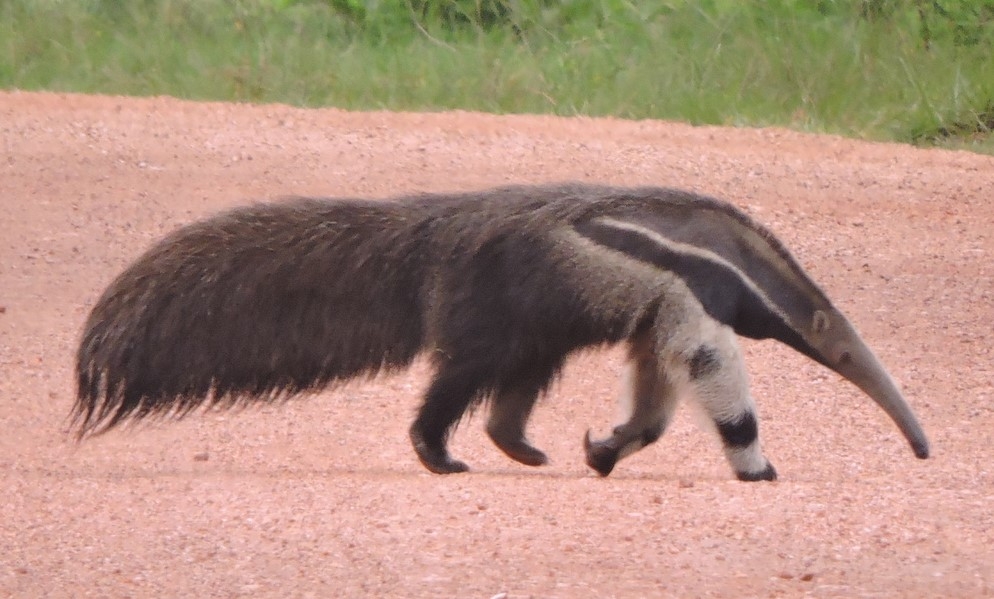Crocodile vs Komodo Dragon: A Complete Comparison
In the realm of fearsome reptilian predators, the crocodile and Komodo dragon stand as ultimate survivors of prehistoric times. While crocodiles can reach lengths of 20 feet (6.1 meters) and weights over 2,000 pounds (907 kg), Komodo dragons max out at 10 feet (3 meters) and 366 pounds (166 kg). Despite these size differences, both species have evolved into perfectly adapted hunters within their respective domains.
The key distinction in a crocodile vs Komodo dragon comparison lies in their hunting strategies and habitats. Crocodiles are semi-aquatic ambush predators with powerful jaws exerting 3,700 pounds per square inch of bite force, while Komodo dragons are terrestrial hunters using a combination of venom, bacteria, and relentless pursuit to bring down prey.
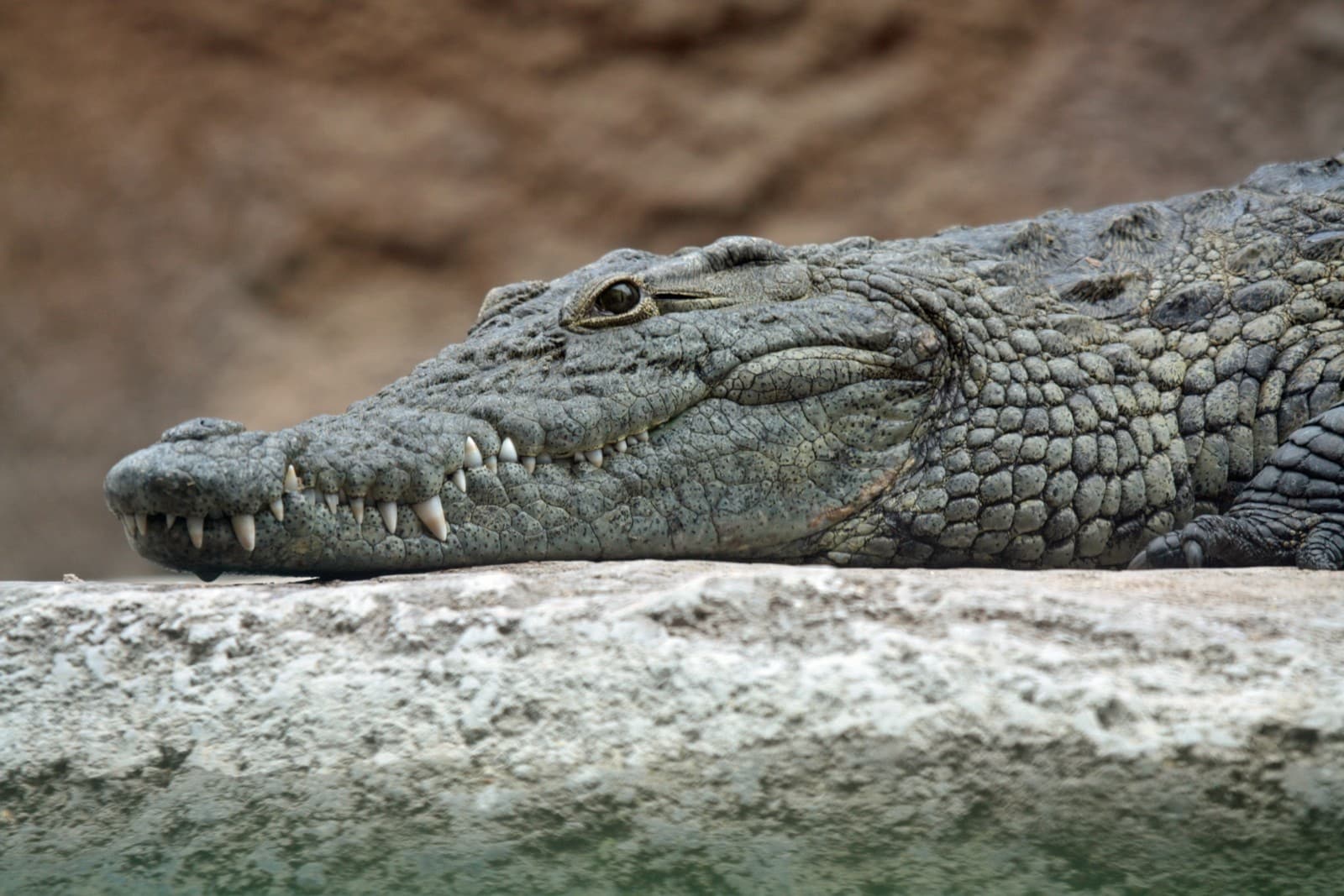
© Leigh Bedford / CC BY 2.0
The saltwater crocodile, shown here, represents nature’s perfect aquatic predator. Its armored body and powerful jaw structure have remained virtually unchanged for over 200 million years, demonstrating the species’ extraordinary evolutionary success.
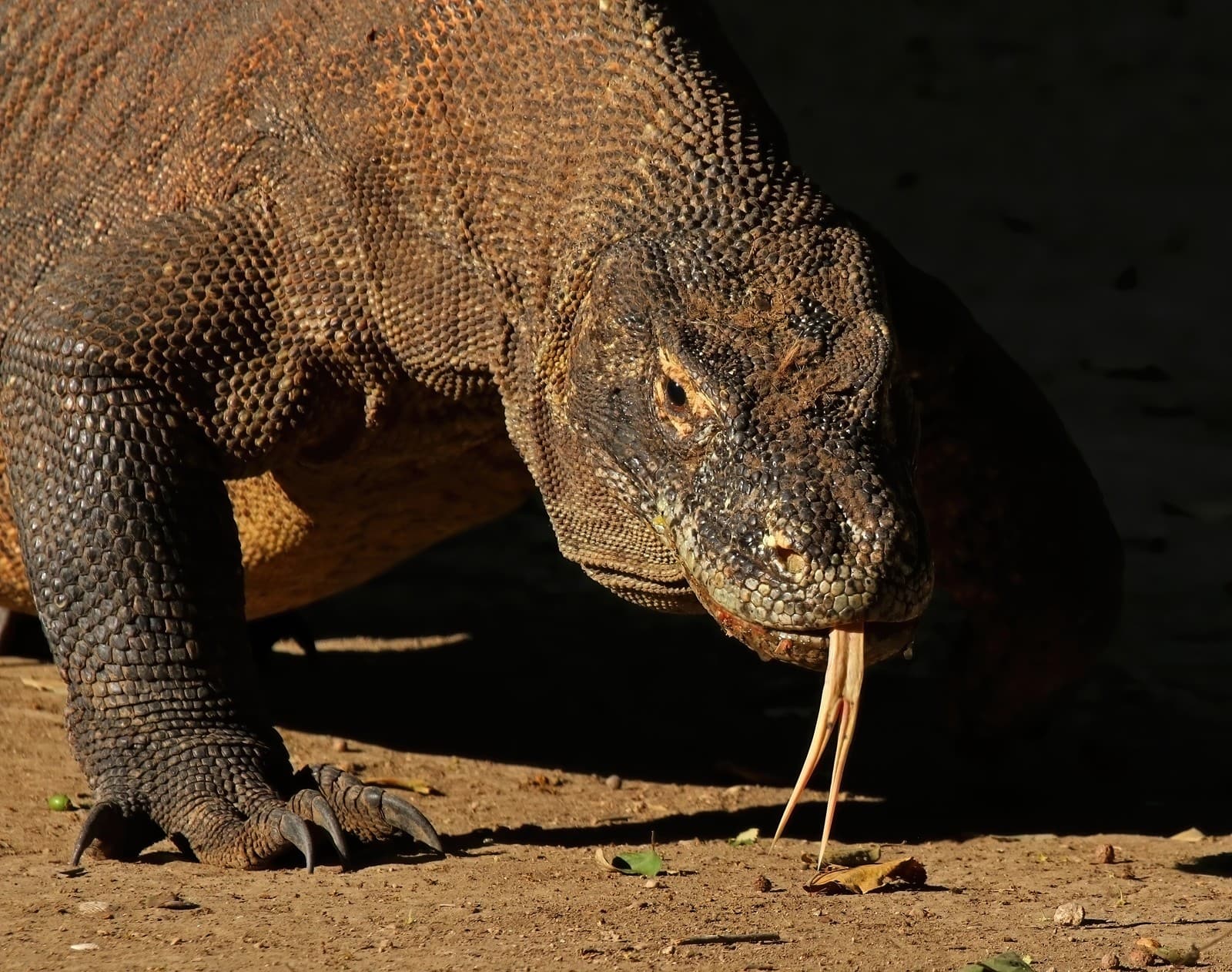
© Charles J. Sharp / CC BY-SA 4.0
The Komodo dragon exhibits its characteristic hunting behavior, using its highly developed sense of smell to track prey. Its forked tongue can detect carrion from several miles away, making it an efficient predator in its island ecosystem.
Key Differences Between Crocodiles and Komodo Dragons
| Feature | Crocodile | Komodo Dragon |
|---|---|---|
| Size | Up to 20 ft (6.1 m) | Up to 10 ft (3 m) |
| Weight | Up to 2,000 lbs (907 kg) | Up to 366 lbs (166 kg) |
| Habitat | Semi-aquatic | Terrestrial |
| Hunting Method | Ambush predator | Active pursuit hunter |
| Killing Method | Crushing bite force | Venom and bacterial infection |
| Distribution | Tropical regions worldwide | Indonesian islands only |
Hunting Strategies and Prey
Crocodiles rely on ambush tactics, using their incredible patience and camouflage to wait for prey to approach water sources. Their powerful jaw muscles deliver instantaneous kills through crushing force, while their “death roll” behavior helps dismember larger prey.
Komodo dragons employ a completely different strategy, combining acute smell detection with remarkable endurance. They bite prey with venom-laced saliva and track the animal until it succumbs to the combination of venom and blood loss, sometimes following wounded prey for days.
Habitat and Distribution
Crocodiles have achieved nearly worldwide distribution across tropical regions, adapting to both freshwater and saltwater environments. They’re found in Africa, Asia, the Americas, and Australia, demonstrating remarkable adaptability to various aquatic ecosystems.
Komodo dragons, conversely, are found only on five islands in Indonesia’s Lesser Sunda region, primarily on Komodo and Rinca. This limited range makes them more vulnerable to environmental changes, though they’ve adapted perfectly to their island habitats.
Who Would Win in a Fight?
While theoretical matchups fascinate many, the reality depends entirely on the environment. In water, a crocodile’s superior size, strength, and aquatic adaptations would prove decisive. On land, particularly in rough terrain, a Komodo dragon’s agility and stamina could give it an advantage against smaller crocodile species.
Conservation Status and Threats
Both species face significant challenges from habitat loss and human conflict. Saltwater crocodiles have recovered significantly in many areas thanks to protection measures, while Komodo dragons remain vulnerable due to their extremely limited range and specialized habitat requirements.
Evolutionary Success and Adaptation
Despite their differences, both crocodiles and Komodo dragons represent remarkable evolutionary success stories. Crocodiles have maintained their basic body plan for over 200 million years, while Komodo dragons evolved into the world’s largest lizards through island gigantism, demonstrating nature’s incredible adaptive capabilities.
Understanding these magnificent predators helps emphasize the importance of protecting both species and their habitats for future generations, ensuring these living links to prehistoric times continue to thrive in their respective ecosystems.
